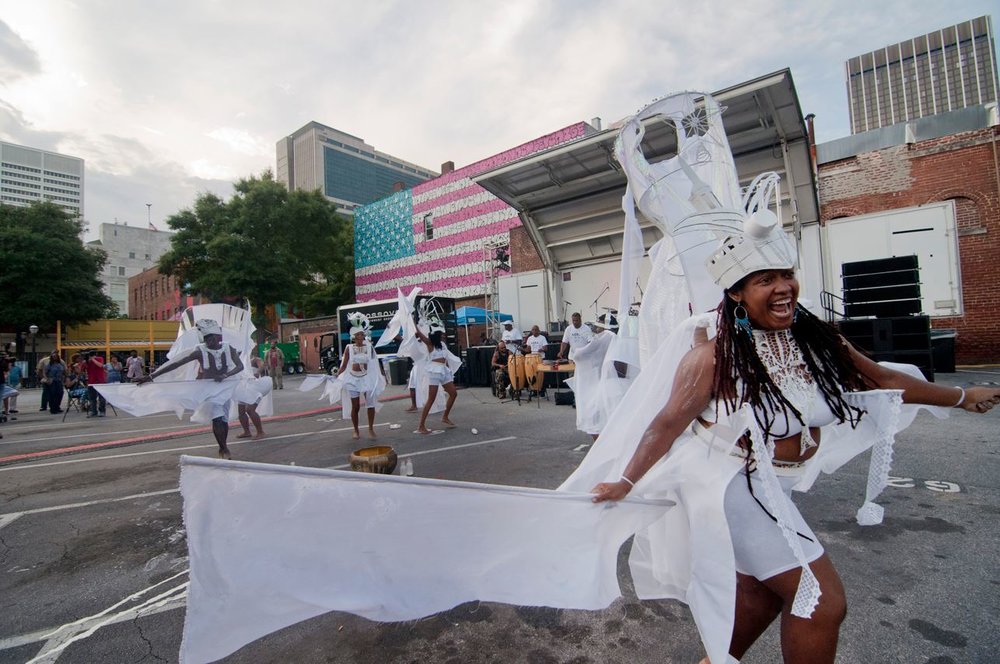In her article, Maria Saporta explains the reported reason behind Atlanta BeltLine founder Ryan Gravel's departure from the BeltLine board of directors. Joined by fellow board member Nathaniel Smith, Gravel resigned in order to draw attention to the lack of attention the Atlanta BeltLine Partnership has given to "issues of equity and affordability." According to the article, the Atlanta Beltline Partnership is the private sector organization responsible for fundraising, advocacy, and affordability along the BeltLine.
In the full story, which is published on the SaportaReport and includes the full resignation letter signed by Gravel and Smith, the two former board members express concern over the ABP's emphasis on fundraising above affordability. In their letter, they also expressed concerns and regrets over the loss of community input in the project, saying they believe that "who the Atlanta BeltLine is built for is just as important as whether it is built at all." Despite the increase in funding, the ABP has ignored its obligation to create affordable housing along the BeltLine. According to the letter, recently acquired funds will support fewer than 200 affordable units out of the required 5,600. Their resignation will, hopefully, result in "elevated concern" for the affordability and equal access of the BeltLine.
Saporta, Maria. "Beltline Founder Gravel Resigns from Board." Atlanta Business Chronicle, 27 Sept. 2016. Web. 05 Nov. 2016.
Saporta, Maria. "Ryan Gravel and Nathaniel Smith Resign from BeltLine Partnership Board over Equity Concerns." SaportaReport, 26 Sept. 2016. Web. 05 Nov. 2016.
 Singapore
Singapore Vienna
Vienna New York City
New York City


 Here is a visual of how the Westhaven Park neighborhood has gentrified and what they want to do.
Here is a visual of how the Westhaven Park neighborhood has gentrified and what they want to do.